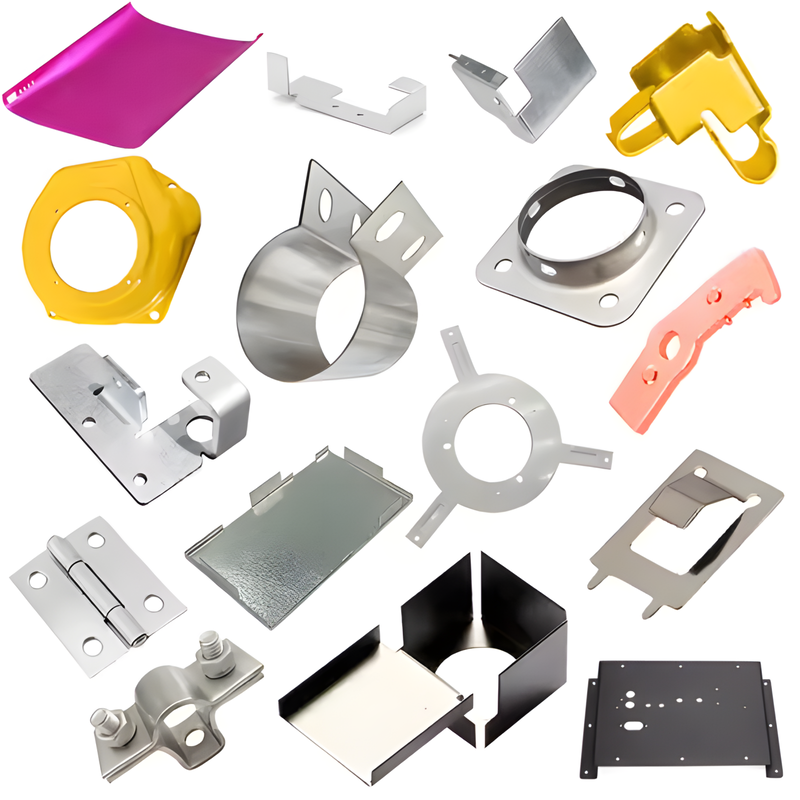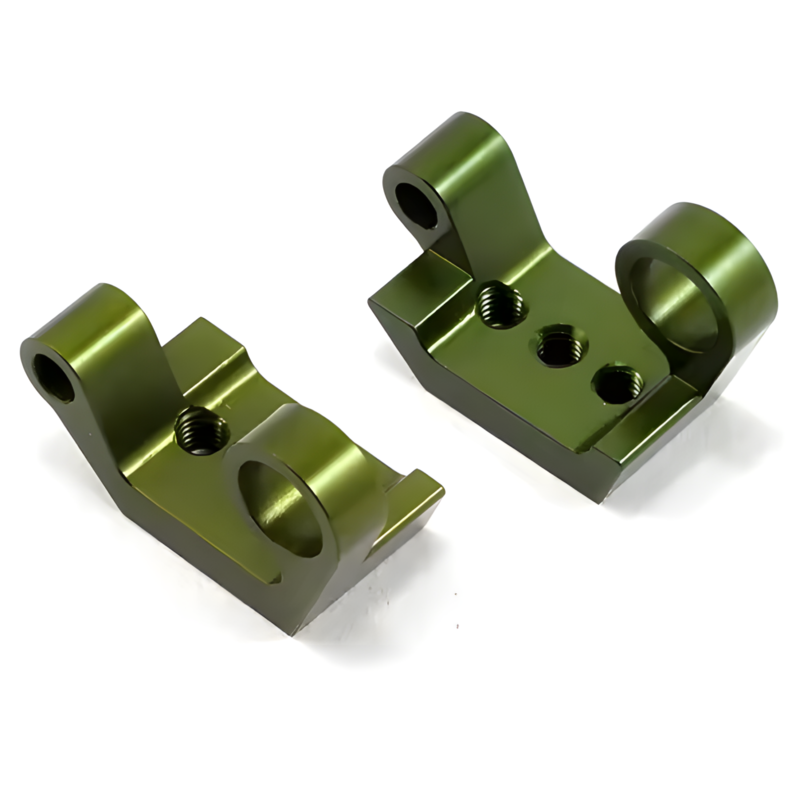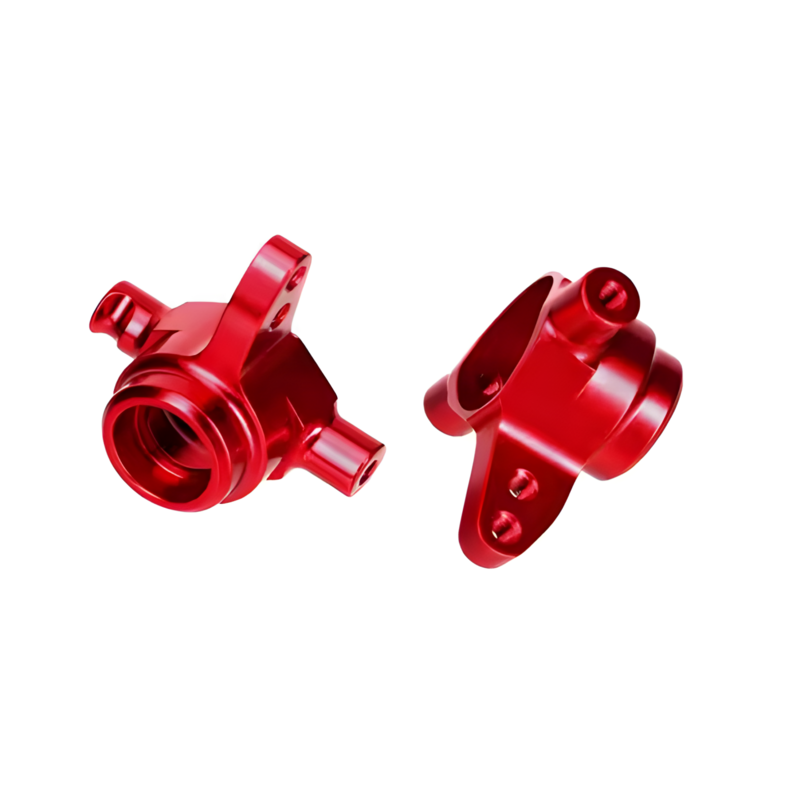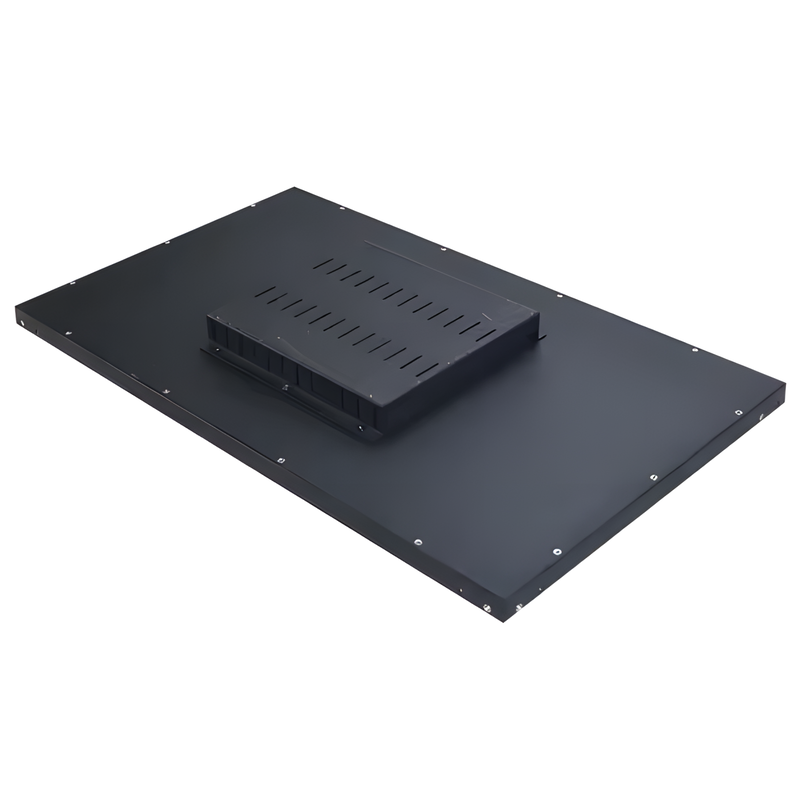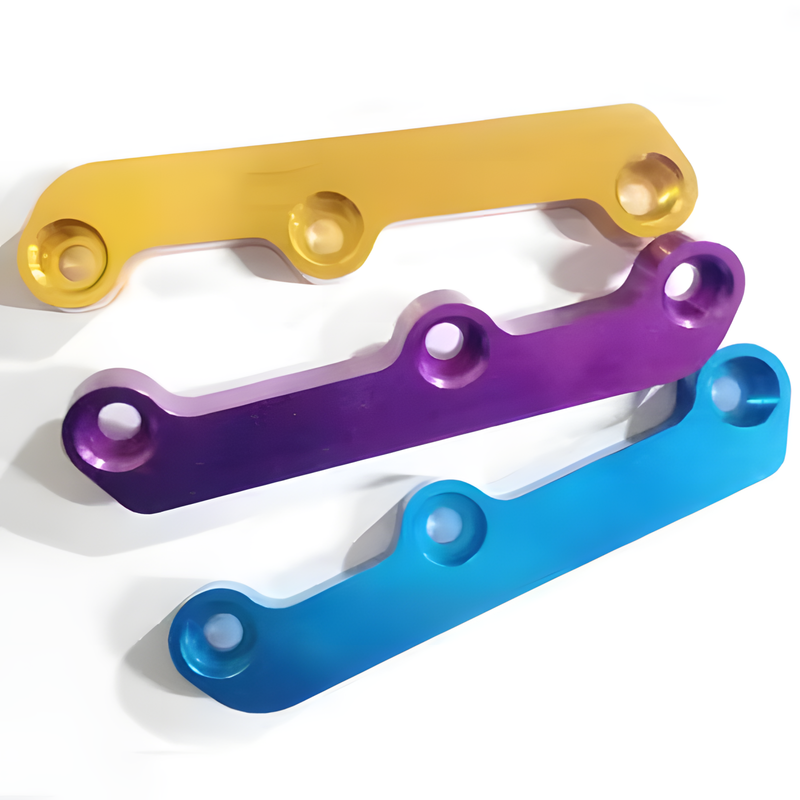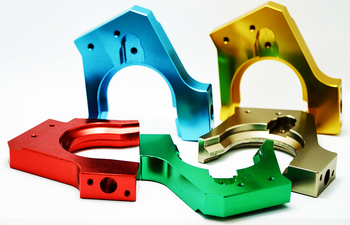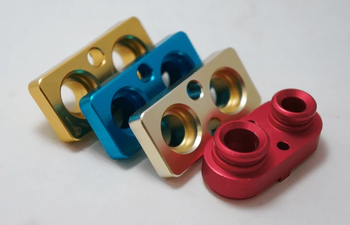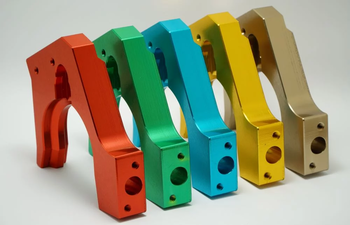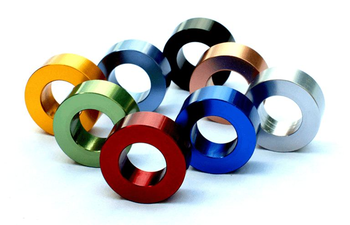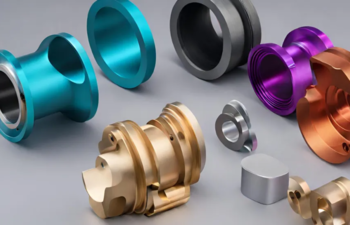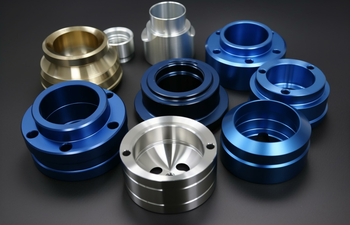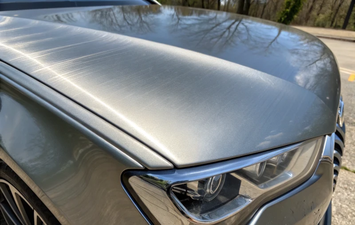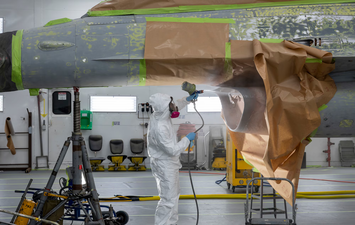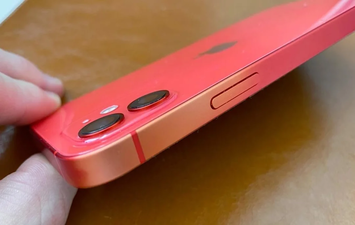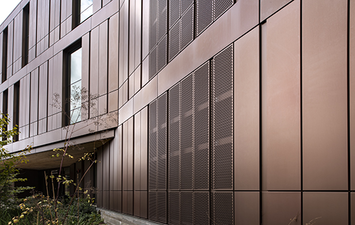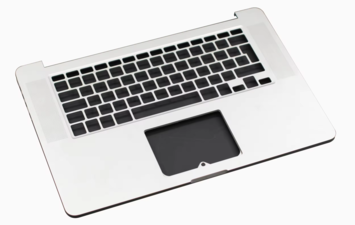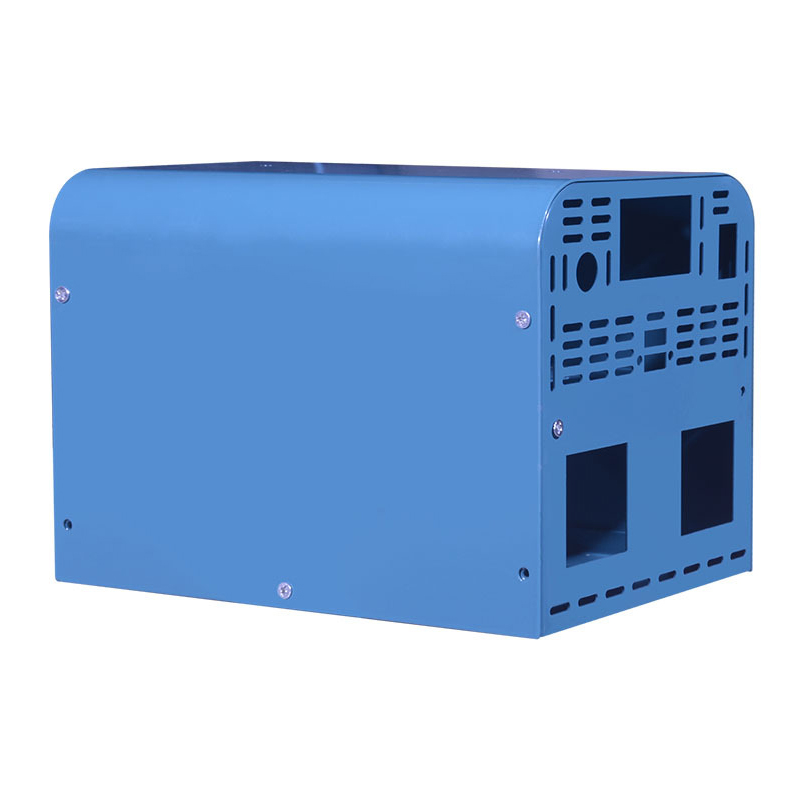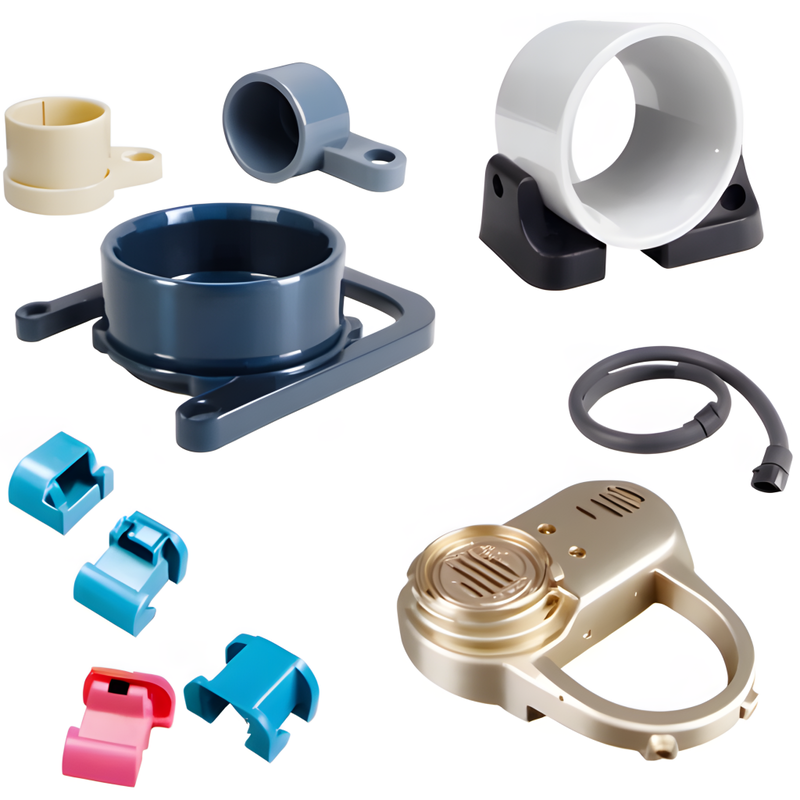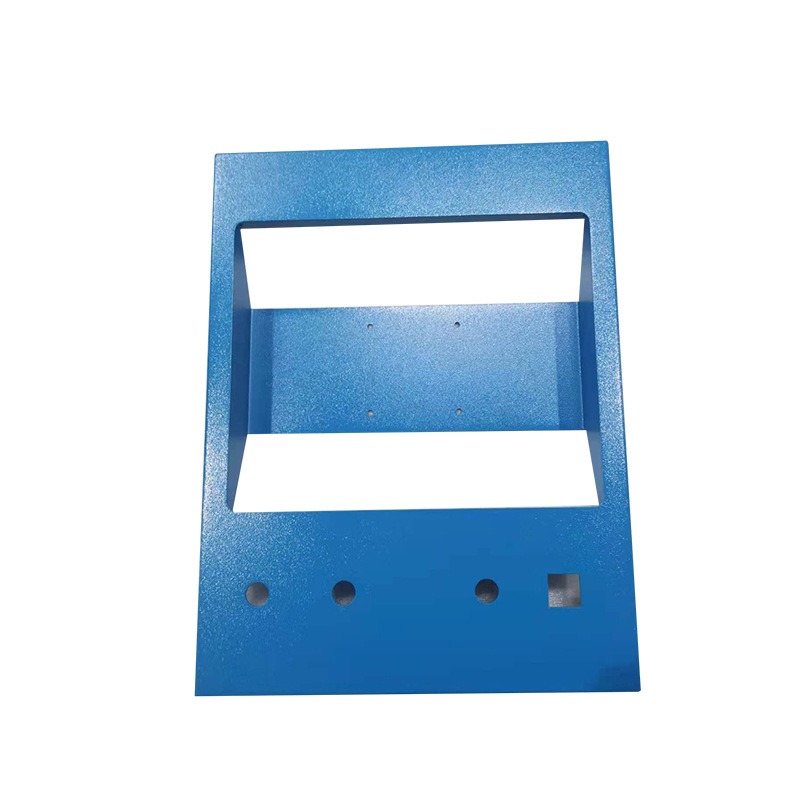Product Description
Our anodizing surface treatment service provides high-quality coatings for aluminum and aluminum alloys, enhancing durability, corrosion resistance, and surface aesthetics. As an OEM manufacturer, we offer customized anodizing processes tailored to customer specifications and in compliance with international standards.
We serve a wide range of industries, including aerospace, automotive, electronics, medical, construction, and consumer goods. Whether it's prototyping, low-volume orders, or full-scale industrial production, our processes emphasize efficiency, precision, and consistent quality.
Key Advantages
Advantage | Description |
Excellent Corrosion Resistance | Forms an oxide layer that protects against rust, UV rays, and chemicals. |
Increased Surface Hardness | Prevents scratches and wear, ideal for high-friction components. |
Electrical Insulation | Non-conductive surface, suitable for electronic devices. |
Versatile Surface Finishing | Supports a variety of colors and finishes such as clear, black, red, blue, gold, etc. |
Environmentally Friendly | Non-toxic process, RoHS compliant, no VOCs or heavy metals. |
Improved Adhesion for Paint/Glue | Post-anodized surfaces allow better paint or adhesive bonding. |
High Heat Resistanc | Oxide layer can withstand temperatures up to approximately 500°C. |
Feature
Property | Details |
Anodizing Types | Type I (Chromic Acid), Type II (Sulfuric Acid), Type III (Hard Anodizing) |
Available Colors | Clear, Black, Red, Blue, Gold, Green, or custom Pantone / RAL colors |
Surface Finish Options | Satin, Matte, Semi-gloss, Glossy (depending on pre-treatment) |
Sealing Methods | Hot Water, Nickel Acetate, or Unsealed (as specified) |
Suitable Applications | Decorative, Wear Resistance, Electrical Insulation, Paint/Adhesive Bonding |
Product Display
|
|
|
|
|
|
Surface Preparation Services
(Sandblasting / Brushed Finish / Polishing)
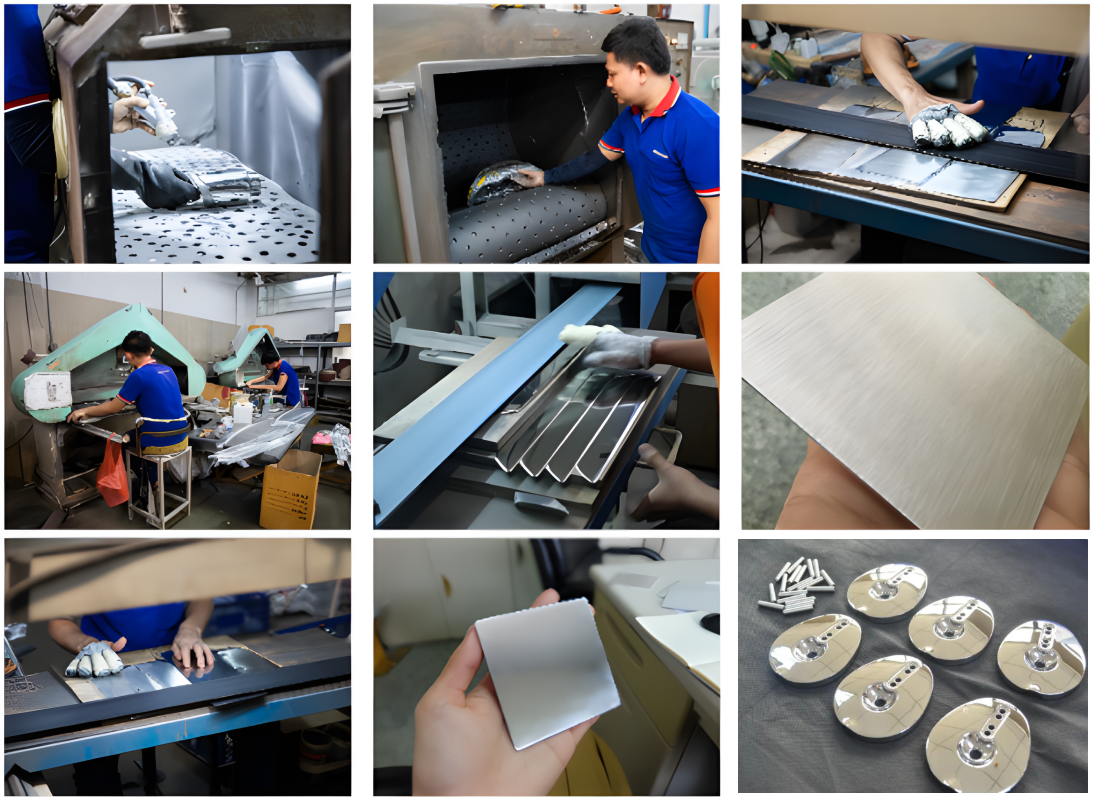
Application
|
|
|
Automotive Engine components, interior decorative, | Aerospace Aircraft fuselage parts, brackets, | Electronics Device enclosures, heat sinks, |
|
|
|
Medical Surgical instruments, | Construction Window frames, handrail hardware, | Consumer Products Laptop covers, sports equipment, |
Product parameters
| Parameter | Details |
| Supported Materials | Aluminum, Aluminum Alloys such as 6061, 5052, 7075 |
| Oxide Layer Thickness | Type II: 5–25 μm, Type III: 25–50 μm |
| Dimensional Accuracy | Tolerance controlled up to ±0.01 mm in critical areas |
| Surface Hardness (Type III) | Up to 500 HV (depending on material and process) |
| Maximum Workpiece Size | 1500 × 800 × 500 mm |
| Production Volume per Batch | From 10 pieces up to over 100,000 pieces |
Pre-Treatment
| Step | Purpose |
| Degreasing / Cleaning | Removes oils, machining fluids, and contaminants from the surface |
| Etching | Uses caustic solution to clean and slightly roughen the aluminum |
| Desmutting | Removes non-aluminum residues (e.g., copper, silicon) after etching |
Anodizing Process
| Parameter | Type II (Standard Anodizing) | Type III (Hard Anodizing) |
| Electrolyte | Sulfuric acid (15–20%) | Sulfuric acid (15–20%) with stricter controls |
| Voltage | 12–20 V | 40–100 V (depending on part size and material) |
| Temperature | ~20°C (68°F) | 0°C to 5°C (32°F to 41°F) |
| Time | 20–30 minutes (depending on desired thickness) | 30–90 minutes (longer for thicker coatings) |
| Coating Thickness | 5–15 µm | 20–25 µm or more |
| Color Dyeing (optional) | Dye applied before sealing for colored finishes | Usually dark natural color; dyeing limited |
Post-Treatment
| Step | Purpose |
| Sealing | Closes microscopic pores in the anodized layer to improve corrosion resistance and dye stability (can use hot water, steam, or nickel acetate) |
| Rinsing | Thorough water rinse to remove residual chemicals |
| Drying | Air dry or oven dry depending on part and volume |
Custom Process

Initial Inquiry

Quotation

Surface Preparation

Packaging & Delivery
Quality Control
Our anodizing process is conducted under a strict quality control syst
Quality Inspection Checklist
Visual Inspection:
No cracks, scratches, discoloration, or burn marks.
Film Thickness Measurement:
Measured using an Eddy Current Gauge.
Surface Hardness Testing (Type III):
Performed using HV (Vickers Hardness) testing methods.
Adhesion Test:
In accordance with ASTM D3359.
Salt Spray Corrosion Test:
In accordance with ASTM B117.
Dimensional Accuracy Inspection:
Measured using CMM (Coordinate Measuring Machine) and vernier calipers.
Batch Tracking & Data Logging:
All production processes are logged and fully traceable.
em to ensure consistent, long-term durability and high-quality results.
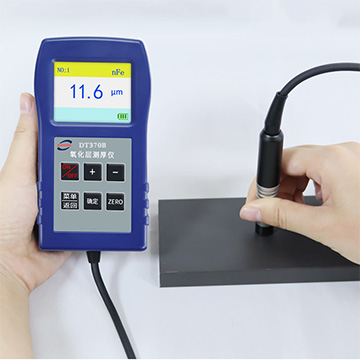
Eddy current thickness gauge
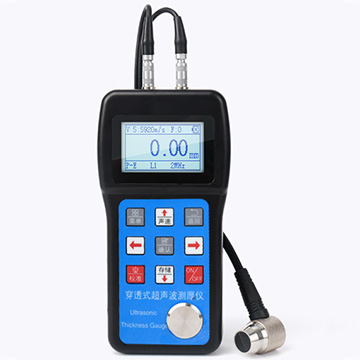
Ultrasonic thickness gauge
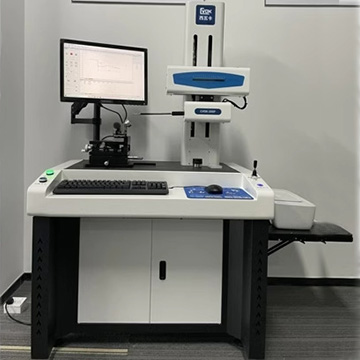
Surface roughness tester
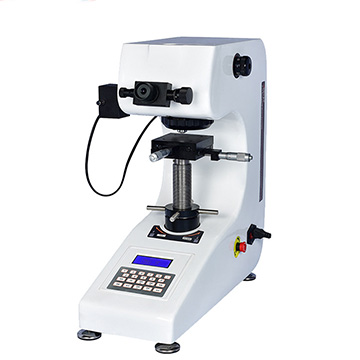
Microhardness tester

Bending testing machine
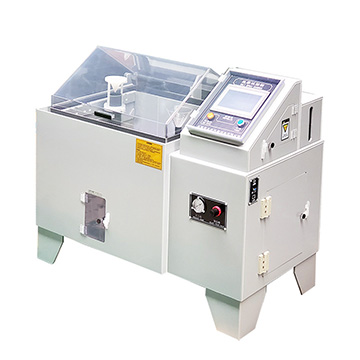
Salt spray test chamber
Service

Source manufacturers Customisation Customized The price is good Variety Considerate service
FAQ
Question | Answer |
Question Answer | We can handle parts up to 1500 mm × 800 mm × 500 mm. For larger parts, please contact us for custom processing options. |
Can die-cast or cast aluminum parts be anodized? | Cast parts may contain uneven alloy compositions, which can affect surface quality. We recommend using high-grade aluminum such as 6061 or 5052. |
Do you offer hard anodizing (Type III)? | Yes, we provide Type III hard anodizing for parts requiring high wear resistance, such as industrial or aerospace components. |
Can I request inspection reports and certifications? | Absolutely. We can provide QC reports, RoHS certificates, and material traceability documents upon request. |
How long does the anodizing process take? | Standard lead time is 5–7 working days, depending on complexity and volume. Expedited service is available for urgent orders. |










